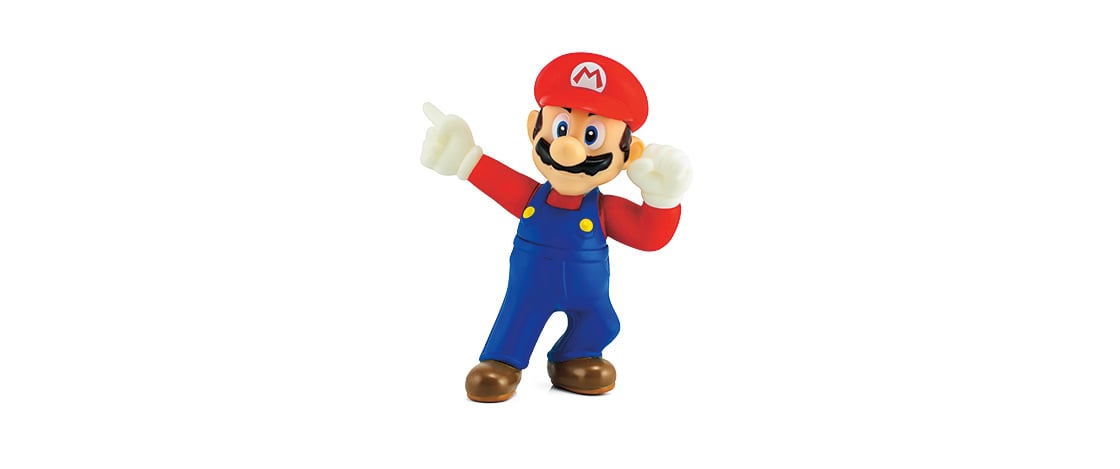Today many toys are made just to be collected. Big-headed Funko Pop dolls spend their lives sitting on shelves. And there are collector’s editions of LEGO sets that sell for as much as $799. Toys like these are known as collectibles. In 2016, Americans spent nearly $2 billion on them.
But the real fun of toy collecting is buying regular toys with the hope that their worth will increase over time.
So what’s the secret? How can you know whether a train set or a teddy bear will make you a fortune one day?
Sorry, but you can’t. It’s hard to predict just which toys might make you rich . . . and which ones you’ll be giving away to your cousins. Interestingly, the toys that gain value are often the ones nobody wanted when they were brand-new.
Remember that Luke Skywalker toy that sold for $25,000? It came with a lightsaber—a sword—that broke easily. The company stopped making the toy, so not many of them exist. Today they’re very rare, which is why people will pay so much money to own one.
Then there’s the Roller Beach Bomb. In 1969, the toy company Mattel created this Hot Wheels van. But there was one problem: The van kept tipping over and falling off of the Hot Wheels racetrack.
Most people who bought these toys returned them—or threw them out. Hot Wheels quickly stopped making them. If you’re lucky enough to have one still in its packaging, you might be able to sell it to a collector for $150,000. That’s enough to buy five real cars!
Why would anyone spend $150,000 on an old toy car? We could ask the same question about a person who paid $500,000 for a letter signed by George Washington, or who bought a painting by a famous artist for $5 million.
People collect for many different reasons— because they hope an object will become more valuable, because they want to feel connected to history, or because they are inspired by a work of art. Some love the hunt for a rare toy, the thrill of finding a hidden treasure.
But there’s another reason to collect old toys: because they remind a person of happy moments from their childhood. Maybe your old LEGO bricks will never be worth a fortune. But years from now, they might remind you of your best friend. And that’s worth something, isn’t it?

